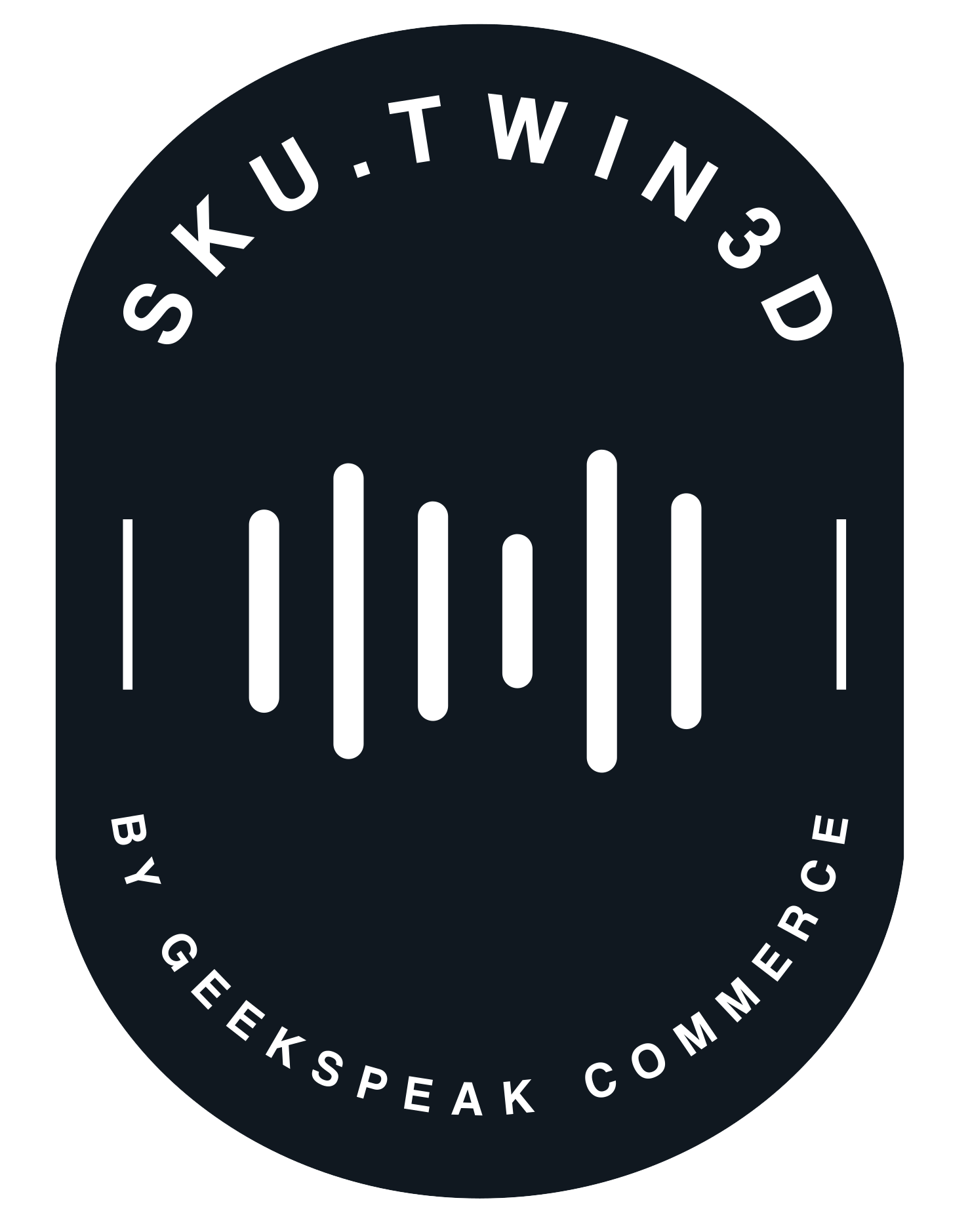Reducing Return Rates with Accurate 3D Product Rendering in Ecommerce
In the booming world of ecommerce, returns have always been a significant concern for retailers. A study found that for every three online purchases, one is returned. While there are various reasons for returns, a significant portion arises from the gap between customer expectations and the actual product they receive. Here, accurate 3D product rendering steps in as a game-changer. Let’s explore how 3D product rendering is playing a pivotal role in decreasing return rates and enhancing the overall shopping experience.
1. The Power of Visual Precision:
Unlike traditional 2D images, 3D renderings offer customers a more detailed and accurate representation of products. By viewing products from multiple angles and perspectives, consumers get a comprehensive understanding of the item, reducing the chances of post-purchase dissonance and returns.
2. Interactive Product Exploration:
3D rendering often goes hand-in-hand with interactive features. Customers can rotate the product, zoom in to see intricate details, and even view it in different environments or lighting. This interactive exploration closely replicates the in-store experience, ensuring that customers know precisely what they're buying.
3. Customization and Personalization:
3D rendering can showcase customizable options in real-time. Whether it's changing the color of a piece of clothing, the material of furniture, or the design elements of jewelry, consumers can see their custom choices rendered in 3D. By getting exactly what they've visualized, the chances of returns decrease dramatically.
4. Size and Proportion Accuracy:
One of the leading causes of returns, especially in apparel and furniture, is size discrepancies. With 3D rendering, products can be showcased next to recognizable objects or avatars to provide a clear sense of scale, ensuring consumers make size-accurate purchases.
5. Realistic Texture and Material Depiction:
The texture and material of a product play an integral role in purchase decisions. 3D rendering allows for realistic portrayals of textures, be it the sheen of silk, the grain of wood, or the glint of metal, ensuring the customer's tactile expectations are set correctly.
6. Integration with Augmented Reality (AR):
When combined with AR, 3D renderings can be superimposed into a user's environment. For instance, a consumer can visualize how a sofa looks in their living room. Such immersive experiences further reduce the uncertainty that leads to returns.
7. Enhanced Confidence in Purchasing:
A transparent and accurate depiction of products increases trust. When customers are confident about their online purchase decisions, they are less likely to experience buyer's remorse or second-guess their choices, leading to fewer returns.
8. Economical in the Long Run:
While creating accurate 3D renderings might require an initial investment, it's economical in the long run. By reducing return rates, retailers can save on logistics, restocking, and potential product depreciation.
9. Feedback and Reviews:
Integrating 3D renderings with a feedback system allows consumers to share their post-purchase thoughts regarding product accuracy. Positive reviews can further instill confidence in potential buyers.
10. Sustainability Angle:
Reducing return rates is not just good for business; it's also environmentally friendly. Fewer returns mean reduced transportation and packaging waste, resonating with the eco-conscious values of modern consumers.
Accurate 3D product rendering is revolutionizing the ecommerce landscape, bridging the experiential gap between in-store and online shopping. As technology continues to advance and customer demands evolve, 3D rendering emerges as an indispensable tool for retailers to minimize returns, improve customer satisfaction, and drive sustainable growth in the digital shopping era.

